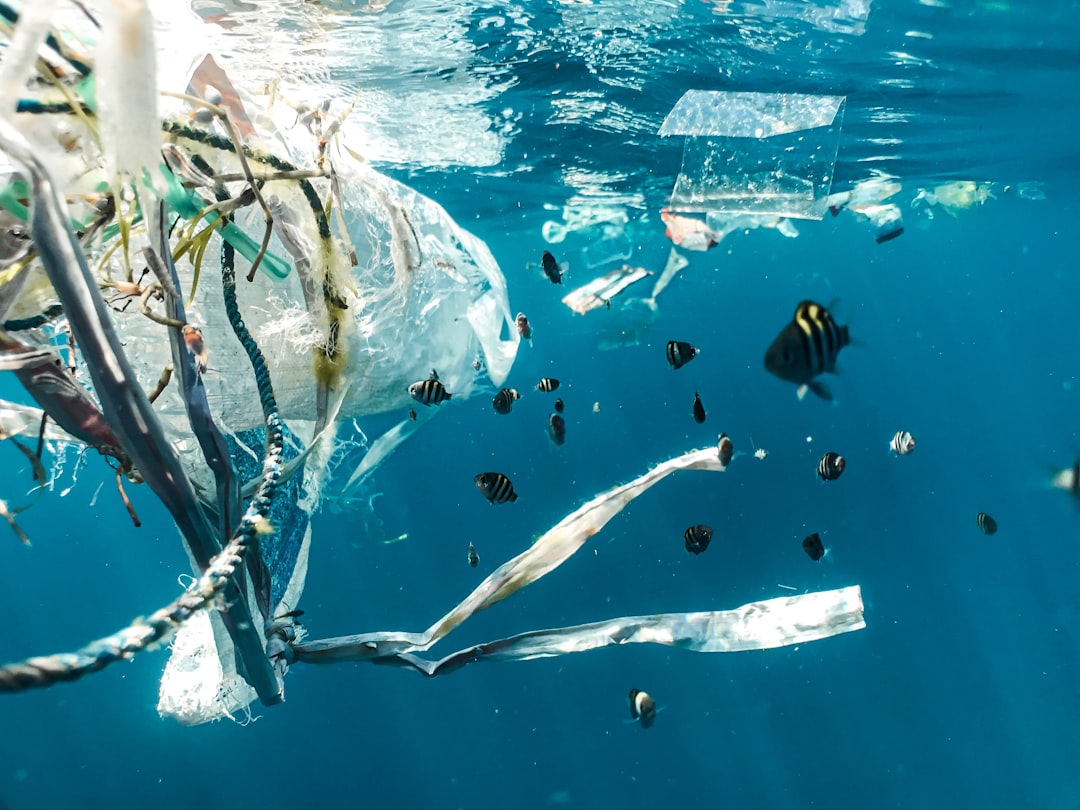All Nonfiction
- Bullying
- Books
- Academic
- Author Interviews
- Celebrity interviews
- College Articles
- College Essays
- Educator of the Year
- Heroes
- Interviews
- Memoir
- Personal Experience
- Sports
- Travel & Culture
All Opinions
- Bullying
- Current Events / Politics
- Discrimination
- Drugs / Alcohol / Smoking
- Entertainment / Celebrities
- Environment
- Love / Relationships
- Movies / Music / TV
- Pop Culture / Trends
- School / College
- Social Issues / Civics
- Spirituality / Religion
- Sports / Hobbies
All Hot Topics
- Bullying
- Community Service
- Environment
- Health
- Letters to the Editor
- Pride & Prejudice
- What Matters
- Back
Summer Guide
- Program Links
- Program Reviews
- Back
College Guide
- College Links
- College Reviews
- College Essays
- College Articles
- Back
PPE: Your Protection vs The Ocean’s Perpetrator
Carbon Emissions
You may have heard that the global COVID-19 pandemic had positive effects on the environment; people were traveling less and stuck inside of their homes, and car and plane use decreased significantly. However this news may need a fact check. It is true that in 2020, carbon dioxide (CO2) emissions fell by 5.4%, and methane emissions by 10%. But though these numbers appear to be positive, both CO2 and methane concentrations in the atmosphere still went up, with methane concentrations growing faster than any other year in the past decade. So even though humans may have decreased the amount of harmful gasses they released for a small period of time, this had no effect on how much carbon and methane are actually in the atmosphere. While at first it may seem like the pandemic helped with carbon and other toxic gas emissions, in reality the pandemic only contributed to the growing problem.
PPE and Statistic:
Since the start of the pandemic, people have been using disposable face masks and other types of personal protective equipment (PPE) on a daily basis. These means of protection, although necessary, can be very costly for the environment and wildlife, specifically the marine environment. Since early 2020, 193 countries have generated 8.4 million tons of plastic related to the pandemic. About 25,900 tons of this pandemic plastic has ended up in the ocean. Contribution is spread across continents: 46% from Asia, 22% from North and South America, and 24% from Europe. The waste comes from not only PPE, but also from packages and shipping material being used by people stuck in their homes, observing social distancing rules. About 4.7% of the pandemic plastic has been from packaging materials. PPE however, is still the main cause, as an estimated 1.56 million face masks have entered the ocean.
Impact on Marine Life
With all of the excess plastic being dumped into the ocean, a multitude of consequences have emerged. Encounters between marine life and PPE can be very detrimental to animals and even cause death. In the Netherlands, researchers found a fish trapped in a medical glove. Also, birds were observed using face masks as nesting materials. By the end of the century, models predict that 28.8% of the plastic generated by the pandemic will end up on the seabed, and that 70.5% of it will end up on beaches. In addition, if the amount of plastic being dumped into the ocean from the pandemic is not mitigated, it is estimated that 11 million tons of plastic will be disposed of—34,000 tons of it in the ocean. The images you have seen of large garbage patches taking over every aspect of marine environments is likely about to worsen since most of the pandemic plastic will end up floating in the great garbage patches.
Microplastics
The PPE you use is made of different types of plastic polymers. These plastic polymers, once broken down, can contribute to the already large problem of microplastics in the ocean. The plastics break down to the point where they are invisible to the naked eye (hence the micro). Because the plastics are so small, they are consumed by marine life with other plants/animals that they eat. Consuming microplastics is harmful for any creature, and they can even get into the diets of humans too!
What you can do
First and foremost, dispose of your mask and other PPE properly—do not just throw it on the ground! Cutting the ear loops of your mask before you throw it out can help, as the loops can endanger wildlife. You can also put all of your PPE in a tightly closed bag so garbage cannot escape. If you want to take it a step further, you can take action! Try and get involved with organizations that clean up beaches or even urge the government to make a change. Protect the environment from the materials that once protected you.
Works Cited:
Cohen, Li. “More than 57 Million Pounds of PPE and Other Covid-Related Plastic Waste Have Polluted the Oceans since Pandemic Began, Study Finds.” CBS News, CBS Interactive, 12 Nov. 2021, cbsnews.com/news/ppe-plastics-waste-polluting-ocean-covid-19-pandemic/.
Peng, Yiming, et al. “Plastic Waste Release Caused by Covid-19 and Its Fate in the Global Ocean.” PNAS, National Academy of Sciences, 23 Nov. 2021, pnas.org/content/118/47/e2111530118.
"Emission Reductions From Pandemic Had Unexpected Effects on Atmosphere." Jet Propulsion Laboratory, NASA, 9 Nov. 2021, www.jpl.nasa.gov/news/ emission-reductions-from-pandemic-had-unexpected-effects-on-atmosphere. Accessed 25 June 2022.
“Pandemic Pollution .” Ocean Conservancy, Mar. 2021, oceanconservancy.org/wp-content/uploads/2021/03/FINAL-Ocean-Conservancy-PPE-Report-March-2021.pdf.
Similar Articles
JOIN THE DISCUSSION
This article has 0 comments.


I am passionate about climate change and I hope that when people read this piece, they are inspired to make a difference.